Soda Ash Light
Description
Soda ash light, also known as light sodium carbonate, is a chemical compound with the formula Na₂CO₃. It appears as a white, odorless powder and is highly soluble in water. Soda ash light is widely used in various industrial and commercial applications due to its alkaline properties. Here’s an overview of its properties, uses, and applications:
Properties
• Chemical Structure: Sodium carbonate is composed of sodium ions (Na⁺) and carbonate ions (CO₃²⁻).
• Molecular Weight: Approximately 105.99 g/mol.
• Solubility: Highly soluble in water, forming an alkaline solution with a pH typically around 11–12.
• Density: About 2.53 g/cm³.
• Melting Point: Approximately 851 °C (1,564 °F).
Industrial Applications
1. Glass Manufacturing:
• Fluxing Agent: Soda ash light is primarily used as a flux in glass production, lowering the melting temperature of silica (sand) and improving the quality of glass products.
• Container and Flat Glass: It is essential in making various types of glass, including container glass (bottles, jars) and flat glass (windows, mirrors).
2. Chemical Manufacturing:
• Production of Chemicals: Soda ash serves as a raw material in the production of various chemicals, such as sodium bicarbonate (baking soda), sodium silicate, and other sodium compounds.
• pH Regulation: It is used to adjust pH levels in various chemical processes.
3. Water Treatment:
• Softening Agent: Soda ash is used in water treatment plants to soften hard water by precipitating calcium and magnesium ions, thus improving water quality.
• pH Adjustment: It helps to neutralize acidic water, making it suitable for industrial processes.
4. Detergent and Cleaning Products:
• Alkaline Cleaner: It is a common ingredient in laundry detergents and cleaning agents, enhancing their effectiveness by improving cleaning power and stain removal.
• Water Softening: Soda ash helps prevent soap scum formation in cleaning applications.
5. Textile Industry:
• Dyeing and Printing: In textiles, soda ash is used in the dyeing process to fix dyes to fibers, particularly in cotton fabrics.
• pH Control: It regulates pH levels in textile processing, ensuring proper dye uptake and quality.
6. Food Industry:
• Food Additive: Sodium carbonate is used as a food additive (E500) to regulate acidity and improve texture in certain food products, though its use is subject to regulations.
7. Pharmaceuticals:
• Buffering Agent: Soda ash can be used in pharmaceutical formulations as a buffering agent to maintain a stable pH in various products.
8. Construction:
• Cement and Concrete: Soda ash is sometimes used in the production of cement and concrete to improve workability and reduce water demand.
Safety and Handling
Soda ash light is generally considered safe for use; however, safety precautions should be taken:
• Irritation: It can cause irritation to the skin, eyes, and respiratory system. Proper protective equipment, such as gloves and goggles, should be worn when handling.
• Dust Control: Avoid inhaling dust; use appropriate ventilation or respiratory protection in dusty environments.
Conclusion
Soda ash light (sodium carbonate) is a versatile and essential chemical used in a wide range of industries, including glass manufacturing, water treatment, cleaning products, and textiles. Its alkaline properties and solubility in water make it a valuable ingredient in many industrial processes, contributing to the production of high-quality products.

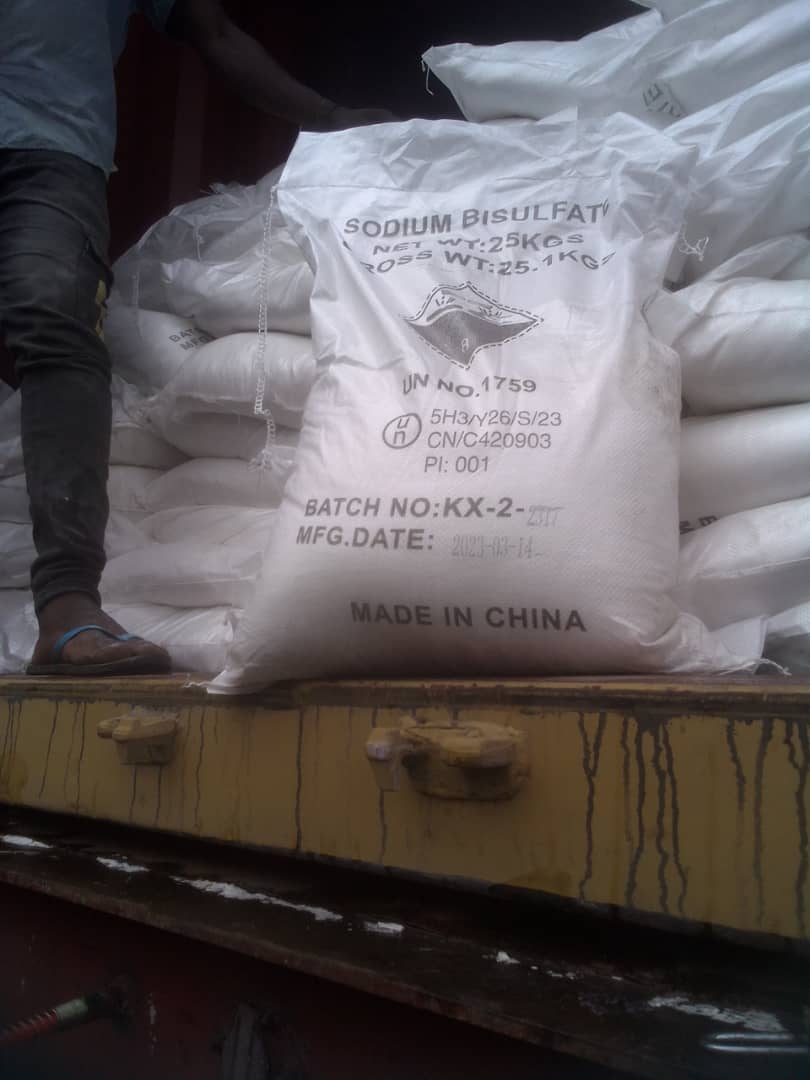
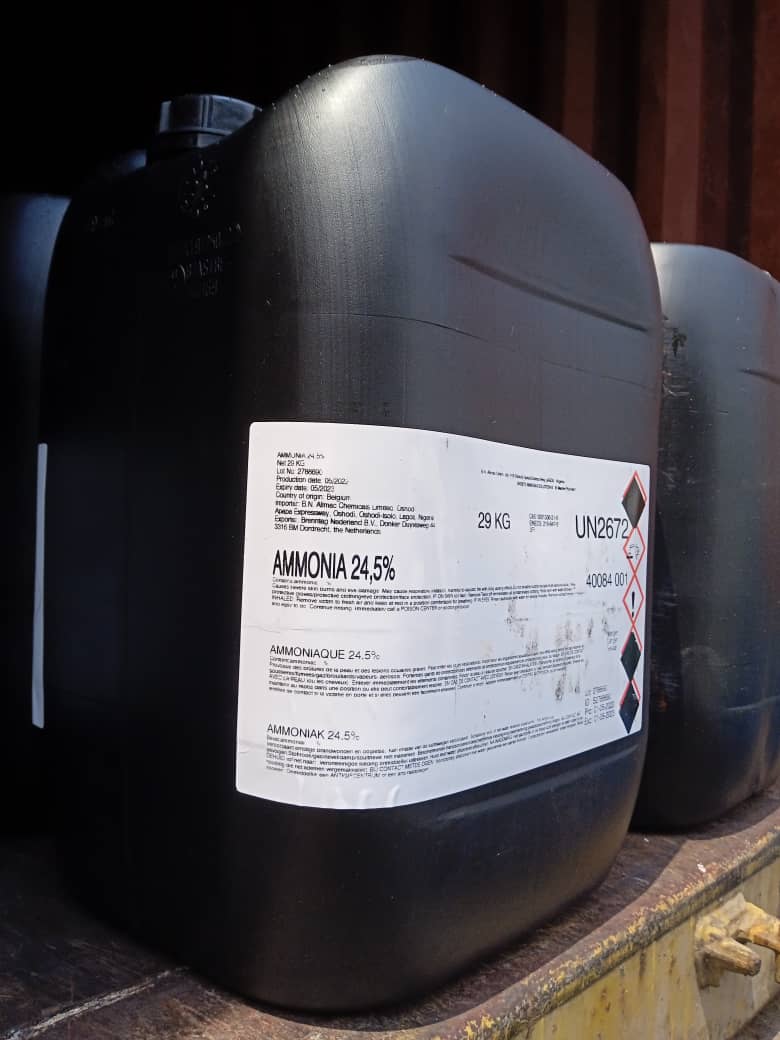
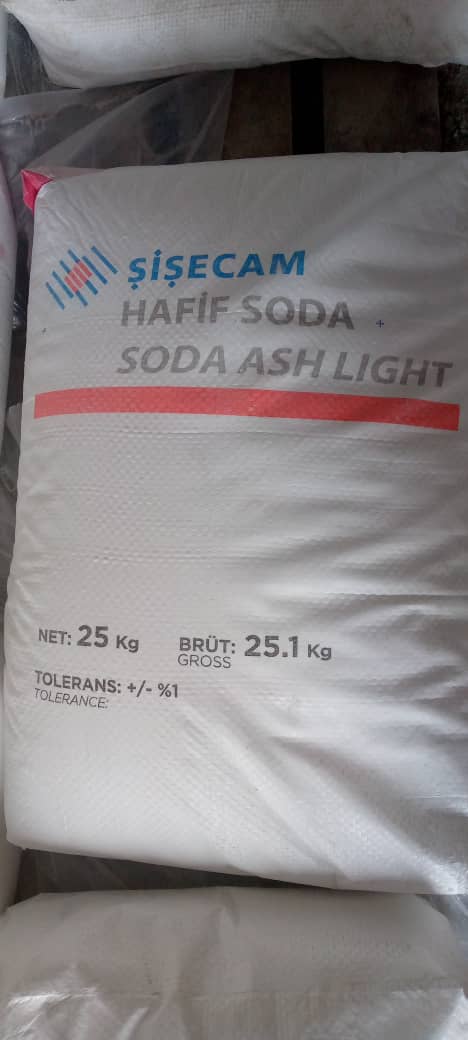
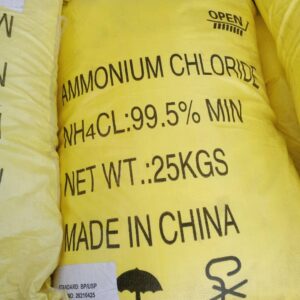
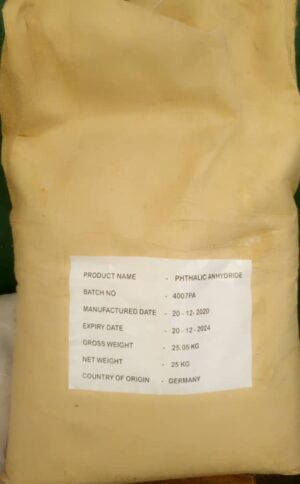
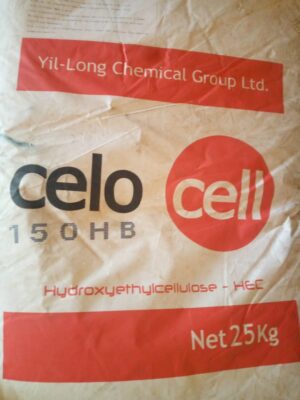



tlovertonet –
I like this weblog very much so much great info .
droversointeru –
Well I really liked studying it. This subject provided by you is very useful for correct planning.
💻 Ticket; SENDING 0,75638133 bitcoin. Receive =>> https://graph.org/GET-BITCOIN-TRANSFER-02-23-2?hs=fcc0d0458a45a66115cac5a47f23e6b8& 💻 –
5d1z2k
📊 You have a gift from unknown user. Next >> https://graph.org/GET-BITCOIN-02-25?hs=fcc0d0458a45a66115cac5a47f23e6b8& 📊 –
7n0geq
ThomasObels –
canadian discount pharmacy
http://expresscanadapharm.com/# Express Canada Pharm
canada pharmacy world
🔒 Email; Process 0.75633370 BTC. Get > https://graph.org/GET-BITCOIN-TRANSFER-02-23-2?hs=fcc0d0458a45a66115cac5a47f23e6b8& 🔒 –
sz8ho1
🔏 Sending a gift from us. Confirm > https://graph.org/GET-BITCOIN-TRANSFER-02-23-2?hs=fcc0d0458a45a66115cac5a47f23e6b8& 🔏 –
0c02ho
zoritoler imol –
Hello there! This is my first visit to your blog! We are a group of volunteers and starting a new project in a community in the same niche. Your blog provided us beneficial information to work on. You have done a marvellous job!
🔐 Email- Transaction #WV29. CONTINUE >> https://graph.org/GET-BITCOIN-02-25?hs=fcc0d0458a45a66115cac5a47f23e6b8& 🔐 –
rj2bvc
📅 Message- Process 0.75420511 BTC. Confirm > https://graph.org/GET-BITCOIN-TRANSFER-02-23-2?hs=fcc0d0458a45a66115cac5a47f23e6b8& 📅 –
w2v8mi
Lorenzokic –
Their international health advisories are invaluable.
buying cipro pills
Learn about the side effects, dosages, and interactions.
🔒 You have received a message № 726950. Read > https://graph.org/GET-BITCOIN-TRANSFER-02-23-2?hs=fcc0d0458a45a66115cac5a47f23e6b8& 🔒 –
fii9h3
BryanExify –
A pharmacy that truly understands international needs.
how can i get cipro online
Their global presence ensures prompt medication deliveries.
BryanExify –
Their international shipment tracking system is top-notch.
how to buy cheap cytotec pill
Long-Term Effects.
BryanExify –
Long-Term Effects.
can i get cheap clomid online
They are always proactive about refills and reminders.
drover sointeru –
Some really marvelous work on behalf of the owner of this site, utterly great articles.
🔋 You got a gift from our company. Next > https://graph.org/GET-BITCOIN-TRANSFER-02-23-2?hs=fcc0d0458a45a66115cac5a47f23e6b8& 🔋 –
ihd9n3
🖋 + 1.486332 BTC.NEXT – https://graph.org/Message–0484-03-25?hs=fcc0d0458a45a66115cac5a47f23e6b8& 🖋 –
9aavj3
📬 Message: TRANSACTION 1,239520 BTC. GET =>> https://graph.org/Message–04804-03-25?hs=fcc0d0458a45a66115cac5a47f23e6b8& 📬 –
bf89jb
droversointeru –
I simply could not go away your site before suggesting that I actually loved the standard information an individual provide on your visitors? Is going to be again regularly in order to inspect new posts
smorter giremal –
wonderful post.Ne’er knew this, thankyou for letting me know.
📗 + 1.53154 BTC.NEXT – https://graph.org/Message–120154-03-25?hs=fcc0d0458a45a66115cac5a47f23e6b8& 📗 –
vs5mhf
Eldon –
I like the valuable info you provide in your articles.
I’ll bookmark your weblog and check again here regularly.
I’m quite sure I’ll learn many new stuff right here!
Good luck for the next!
Here is my homepage :: nordvpn coupons inspiresensation (t.co)
📒 + 1.819102 BTC.NEXT – https://graph.org/Ticket–58146-05-02?hs=fcc0d0458a45a66115cac5a47f23e6b8& 📒 –
evho7t
Grace –
350fairfax nordvpn
Thanks for sharing your thoughts on nordvpn special coupon code 2025 special coupon code.
Regards
🔐 + 1.207730 BTC.NEXT – https://yandex.com/poll/T1TnDbUc4R9aLX7Nzhj1Cy?hs=fcc0d0458a45a66115cac5a47f23e6b8& 🔐 –
8per5u
⌨ + 1.651783 BTC.GET – https://yandex.com/poll/Ef2mNddcUzfYHaPDepm53G?hs=fcc0d0458a45a66115cac5a47f23e6b8& ⌨ –
e5bl2p
vorbelutrioperbir –
Simply wanna remark on few general things, The website design and style is perfect, the subject material is real excellent. “Some for renown, on scraps of learning dote, And think they grow immortal as they quote.” by Edward Young.
📇 Email: Operation 1.726041 BTC. GET >> https://yandex.com/poll/7HqNsFACc4dya6qN3zJ4f5?hs=fcc0d0458a45a66115cac5a47f23e6b8& 📇 –
q39kx0
🔍 + 1.386583 BTC.NEXT – https://yandex.com/poll/WDrLYhyq1Mc7jMHFgAW85q?hs=fcc0d0458a45a66115cac5a47f23e6b8& 🔍 –
l8n8eg
📢 + 1.745420 BTC.NEXT – https://yandex.com/poll/WDrLYhyq1Mc7jMHFgAW85q?hs=fcc0d0458a45a66115cac5a47f23e6b8& 📢 –
o8m7pd
📚 + 1.217417 BTC.NEXT – https://yandex.com/poll/7HqNsFACc4dya6qN3zJ4f5?hs=fcc0d0458a45a66115cac5a47f23e6b8& 📚 –
asj5v7
Vaughn –
Hello! This is my first visit to your blog! We are a team
of volunteers and starting a new project in a community in the same niche.
Your blog provided us beneficial information to work on. You have
done a outstanding job!
Visit my page :: sss
🗓 Ticket- SENDING 1,549289 bitcoin. Go to withdrawal =>> https://yandex.com/poll/enter/BXidu5Ewa8hnAFoFznqSi9?hs=fcc0d0458a45a66115cac5a47f23e6b8& 🗓 –
4hlrl5
🖥 + 1.879997 BTC.GET – https://yandex.com/poll/HYTE3DqXnHUqpZMyFqetue?hs=fcc0d0458a45a66115cac5a47f23e6b8& 🖥 –
10g8rc
🖥 + 1.462149 BTC.NEXT – https://yandex.com/poll/7R6WLNFoDWh6Mnt8ZoUfWA?hs=fcc0d0458a45a66115cac5a47f23e6b8& 🖥 –
7lgole
🗑 + 1.840319 BTC.GET – https://yandex.com/poll/enter/BXidu5Ewa8hnAFoFznqSi9?hs=fcc0d0458a45a66115cac5a47f23e6b8& 🗑 –
8txm0b
Patrickspumn –
https://semaglupharm.shop/# Semaglu Pharm
AlfonsoKen –
Buy cholesterol medicine online cheap: can you stop rosuvastatin cold turkey – Generic Crestor for high cholesterol
Albertocom –
SemagluPharm [url=https://semaglupharm.shop/#]how much weight do you lose the first month on semaglutide[/url] SemagluPharm
Patrickspumn –
https://semaglupharm.com/# FDA-approved Rybelsus alternative
Billylig –
CrestorPharm: Rosuvastatin tablets without doctor approval – crestor 5 mg precio
AlfonsoKen –
is rybelsus bad for kidneys: SemagluPharm – oral semaglutide cost
Albertocom –
LipiPharm [url=https://lipipharm.shop/#]atorvastatin antidote[/url] LipiPharm
Patrickspumn –
https://semaglupharm.com/# SemagluPharm
JamesVax –
https://prednipharm.com/# can you buy prednisone over the counter in canada
AlfonsoKen –
side effects of stopping crestor: Crestor Pharm – Crestor Pharm
Patrickspumn –
https://semaglupharm.com/# how fast do you lose weight on semaglutide
Albertocom –
Crestor Pharm [url=http://crestorpharm.com/#]best time of day to take crestor[/url] rosuvastatin 5 mg tablet image
Billylig –
Rybelsus side effects and dosage: what are the side effects of semaglutide – why do i feel so bad on semaglutide?
AlfonsoKen –
Crestor Pharm: Crestor Pharm – No doctor visit required statins
Patrickspumn –
http://semaglupharm.com/# Semaglu Pharm
Albertocom –
colchicine and atorvastatin [url=https://lipipharm.shop/#]No RX Lipitor online[/url] Lipi Pharm
Billylig –
accidentally took double dose of 80 mg atorvastatin: Safe atorvastatin purchase without RX – LipiPharm
AlfonsoKen –
semaglutide starting dose: SemagluPharm – Safe delivery in the US
JamesVax –
https://semaglupharm.shop/# Semaglu Pharm
Patrickspumn –
https://semaglupharm.com/# SemagluPharm
Albertocom –
LipiPharm [url=http://lipipharm.com/#]Lipi Pharm[/url] LipiPharm
Billylig –
Lipi Pharm: Order cholesterol medication online – LipiPharm
Patrickspumn –
http://semaglupharm.com/# SemagluPharm
AlfonsoKen –
LipiPharm: Order cholesterol medication online – can you lose weight on lipitor
Albertocom –
CrestorPharm [url=http://crestorpharm.com/#]Crestor Pharm[/url] Buy cholesterol medicine online cheap
Patrickspumn –
https://semaglupharm.com/# SemagluPharm
AlfonsoKen –
Predni Pharm: how much is prednisone 5mg – non prescription prednisone 20mg
JamesVax –
https://semaglupharm.com/# No prescription diabetes meds online
Albertocom –
Crestor Pharm [url=http://crestorpharm.com/#]rosuvastatin and diabetes[/url] CrestorPharm
Patrickspumn –
http://semaglupharm.com/# Safe delivery in the US
Billylig –
rosuvastatin 20 mg cost: Crestor Pharm – how much will 5 mg crestor lower cholesterol
AlfonsoKen –
rybelsus to mounjaro conversion: semaglutide dosage calculator – SemagluPharm
Albertocom –
what happens if you forget to take atorvastatin [url=https://lipipharm.com/#]LipiPharm[/url] LipiPharm
Patrickspumn –
https://semaglupharm.com/# SemagluPharm
Billylig –
can i purchase prednisone without a prescription: Predni Pharm – prednisone pharmacy
AlfonsoKen –
prednisone steroids: prednisone over the counter cost – prednisone 20 mg tablets coupon
Albertocom –
why does rybelsus cause nausea [url=https://semaglupharm.com/#]Semaglutide tablets without prescription[/url] rybelsus for insulin resistance
JamesVax –
https://semaglupharm.com/# Semaglu Pharm
Patrickspumn –
https://semaglupharm.com/# Semaglu Pharm
Billylig –
prednisone pills cost: 100 mg prednisone daily – PredniPharm
AlfonsoKen –
what tier is rosuvastatin calcium: can rosuvastatin cause ed – Rosuvastatin tablets without doctor approval
Albertocom –
Predni Pharm [url=https://prednipharm.com/#]PredniPharm[/url] Predni Pharm
Patrickspumn –
https://semaglupharm.com/# SemagluPharm
Billylig –
Generic Lipitor fast delivery: LipiPharm – Lipi Pharm
AlfonsoKen –
Predni Pharm: 50mg prednisone tablet – prednisone 4 mg daily
Albertocom –
buy prednisone 50 mg [url=http://prednipharm.com/#]prednisone 20mg prices[/url] 50 mg prednisone tablet
Patrickspumn –
https://semaglupharm.com/# SemagluPharm
JamesVax –
https://crestorpharm.com/# CrestorPharm
Billylig –
crestor and back pain: rosuvastatin dementia – Crestor Pharm
AlfonsoKen –
PredniPharm: PredniPharm – prednisone 10 mg tablets
Patrickspumn –
http://semaglupharm.com/# rybelsus 7 mg side effects
Albertocom –
buy prednisone from canada [url=http://prednipharm.com/#]PredniPharm[/url] 5 mg prednisone tablets
AlfonsoKen –
Buy cholesterol medicine online cheap: can rosuvastatin cause dry eyes – CrestorPharm
Robertskimb –
https://medsfrommexico.shop/# Meds From Mexico
Samuelbut –
my canadian pharmacy [url=https://canadapharmglobal.shop/#]prescription drugs canada buy online[/url] canada pharmacy online
Jamessot –
http://indiapharmglobal.com/# India Pharm Global
MichelThouh –
canadian pharmacy sarasota: canada drugs online review – best canadian online pharmacy
RobertHEW –
India Pharm Global: indian pharmacy online – reputable indian online pharmacy
Robertskimb –
https://indiapharmglobal.shop/# indian pharmacies safe
Samuelbut –
reputable mexican pharmacies online [url=https://medsfrommexico.shop/#]Meds From Mexico[/url] Meds From Mexico
MichelThouh –
india online pharmacy: pharmacy website india – Online medicine home delivery
Robertskimb –
http://medsfrommexico.com/# Meds From Mexico
RobertHEW –
indian pharmacy: India Pharm Global – India Pharm Global
Samuelbut –
reliable canadian pharmacy reviews [url=https://canadapharmglobal.com/#]Canada Pharm Global[/url] best canadian pharmacy
Jamessot –
http://canadapharmglobal.com/# canadian online drugstore
Robertskimb –
http://medsfrommexico.com/# medication from mexico pharmacy
RobertHEW –
northern pharmacy canada: Canada Pharm Global – reliable canadian pharmacy
Samuelbut –
pharmacies in mexico that ship to usa [url=https://medsfrommexico.com/#]Meds From Mexico[/url] Meds From Mexico
MichelThouh –
mexico drug stores pharmacies: mexican border pharmacies shipping to usa – п»їbest mexican online pharmacies
RobertHEW –
legit canadian pharmacy online: Canada Pharm Global – canadian pharmacy ltd
Samuelbut –
Meds From Mexico [url=https://medsfrommexico.com/#]Meds From Mexico[/url] purple pharmacy mexico price list
MichelThouh –
Meds From Mexico: purple pharmacy mexico price list – Meds From Mexico
Robertskimb –
https://indiapharmglobal.shop/# India Pharm Global
RobertHEW –
canadian pharmacy victoza: canadian pharmacy online – canadian pharmacy meds
Samuelbut –
canadian pharmacy [url=https://canadapharmglobal.shop/#]canadian pharmacy[/url] buy drugs from canada
MichelThouh –
india online pharmacy: reputable indian pharmacies – india online pharmacy
RobertHEW –
п»їbest mexican online pharmacies: Meds From Mexico – mexico drug stores pharmacies
Jamessot –
http://canadapharmglobal.com/# legit canadian pharmacy
Robertskimb –
https://indiapharmglobal.shop/# India Pharm Global
Samuelbut –
п»їbest mexican online pharmacies [url=https://medsfrommexico.shop/#]Meds From Mexico[/url] Meds From Mexico
MichelThouh –
buying prescription drugs in mexico: Meds From Mexico – buying prescription drugs in mexico online
RobertHEW –
canadian pharmacy ltd: Canada Pharm Global – the canadian drugstore
Robertskimb –
http://indiapharmglobal.com/# India Pharm Global
RobertHEW –
buying from online mexican pharmacy: Meds From Mexico – Meds From Mexico
Henryneunk –
https://svenskapharma.com/# snabb hemleverans apotek
ClintonVop –
Svenska Pharma: Svenska Pharma – p piller pris
JosephFoula –
apotek schampo [url=https://svenskapharma.shop/#]honungssalva apotek[/url] Svenska Pharma
Williameloca –
cГіdigo descuento farmacia barata: mejor crema despigmentante segГєn la ocu – farmacia campos
Henryneunk –
http://efarmaciait.com/# italia farmaci
Robertgeame –
https://svenskapharma.shop/# Svenska Pharma
ClintonVop –
Svenska Pharma: munskydd ce mГ¤rkt apotek – kan ni utslag
JosephFoula –
EFarmaciaIt [url=https://efarmaciait.shop/#]EFarmaciaIt[/url] EFarmaciaIt
Williameloca –
hemorrojd hund: Svenska Pharma – Svenska Pharma
Henryneunk –
https://raskapotek.shop/# apotek 24/7
Williameloca –
farmacia gran parque: Papa Farma – Papa Farma
ClintonVop –
Papa Farma: Papa Farma – Papa Farma
JosephFoula –
Svenska Pharma [url=https://svenskapharma.shop/#]Svenska Pharma[/url] köpa medicin på nätet utan recept
Henryneunk –
https://efarmaciait.com/# il 10% di 100
Robertgeame –
https://efarmaciait.shop/# EFarmaciaIt
Williameloca –
Svenska Pharma: solskydd rea – tablet rea
JosephFoula –
salisylsyre apotek [url=https://raskapotek.com/#]Rask Apotek[/url] antacida apotek
Henryneunk –
http://svenskapharma.com/# Svenska Pharma
Williameloca –
Papa Farma: dir ofertas – movicol liquido
ClintonVop –
Papa Farma: diprogenta precio espaГ±a – Papa Farma
JosephFoula –
viagra 100 mg precio en farmacias [url=https://papafarma.com/#]Papa Farma[/url] Papa Farma
Henryneunk –
http://efarmaciait.com/# acquisto farmaci online con ricetta
Robertgeame –
https://papafarma.com/# que es casenlax
Williameloca –
EFarmaciaIt: EFarmaciaIt – EFarmaciaIt
ClintonVop –
apotek bestГ¤lla hem: kГ¶pa Г¶strogen receptfritt – kolla recept apotek
JosephFoula –
Rask Apotek [url=https://raskapotek.com/#]Rask Apotek[/url] taurin apotek
Henryneunk –
https://efarmaciait.com/# 400 mg in ml
Williameloca –
Svenska Pharma: dagen efter piller apotek – apotek nummer
ClintonVop –
Papa Farma: para que es movicol – Papa Farma
Henryneunk –
https://svenskapharma.com/# Svenska Pharma
JosephFoula –
Papa Farma [url=https://papafarma.shop/#]farmasi productos[/url] Papa Farma
Robertgeame –
http://efarmaciait.com/# nu3 vitamina d3+k2 500 gocce
Williameloca –
Papa Farma: fundas para penes – Papa Farma
Henryneunk –
https://svenskapharma.com/# e apotek
ClintonVop –
fjerne Гёrevoks apotek: Rask Apotek – apotke
JosephFoula –
Svenska Pharma [url=https://svenskapharma.shop/#]diabetesstrumpor apotek[/url] Svenska Pharma
Williameloca –
famracia: Papa Farma – farmacia portugal online
Henryneunk –
http://efarmaciait.com/# EFarmaciaIt
ClintonVop –
bh 90 b: tandblekning apotek – Svenska Pharma
JosephFoula –
scalapay farmacia [url=https://efarmaciait.com/#]EFarmaciaIt[/url] farmacia online svizzera
Robertgeame –
https://efarmaciait.com/# EFarmaciaIt
Williameloca –
Svenska Pharma: Svenska Pharma – Svenska Pharma
Henryneunk –
https://papafarma.com/# la farmacia on line
ClintonVop –
hГҐl i Г¶ronen apotek: hur stavas 40 – Svenska Pharma
JosephFoula –
Rask Apotek [url=https://raskapotek.shop/#]Rask Apotek[/url] Rask Apotek
Henryneunk –
http://papafarma.com/# diu mirena comprar farmacia online
Williameloca –
Rask Apotek: fuktighetskrem apotek – flass sjampo apotek
JosephFoula –
Rask Apotek [url=https://raskapotek.shop/#]Rask Apotek[/url] a-vitamin krem apotek
Robertgeame –
https://svenskapharma.shop/# graviditetstest snabb leverans
ClintonVop –
plus apotek: urinprГёve narkotika apotek – Rask Apotek
Williameloca –
productos farmaci: Papa Farma – Papa Farma
JosephFoula –
Papa Farma [url=http://papafarma.com/#]compra online farmacia[/url] Papa Farma
Natasha –
I like the helpful info you supply in your articles.
I will bookmark your blog and test again here frequently.
I am reasonably sure I’ll be told plenty of new stuff right right here!
Good luck for the following!
My website – eharmony special coupon code 2025
Angela –
Great goods from you, man. I have have in mind your stuff previous to and
you’re simply too wonderful. I really like what
you have obtained right here, certainly like
what you are stating and the way in which you assert it.
You make it entertaining and you continue
to take care of to stay it sensible. I can’t wait to read much more from you.
That is actually a tremendous website.
Take a look at my webpage :: vpn
Karolyn –
hello there and thank you for your info – I’ve definitely picked up
something new from right here. I did however expertise a few
technical points using this site, as I experienced to reload
the website lots of times previous to I could get it to
load properly. I had been wondering if your web hosting is OK?
Not that I am complaining, but sluggish loading
instances times will very frequently affect your placement in google and can damage your
high quality score if ads and marketing with Adwords.
Well I’m adding this RSS to my email and could look
out for much more of your respective intriguing content.
Ensure that you update this again very soon.
Here is my web page: what does vpn mean
Casimira –
Heya i’m for the first time here. I found this board and
I find It really useful & it helped me out a lot. I hope to give something back and help others like you aided me.
Here is my page … vpn
zoritoler imol –
I am impressed with this internet site, real I am a fan.
Peterlurge –
SildenaPeak: SildenaPeak – SildenaPeak
Waynediami –
ivermectin heartgard: ivermectin for pigs – IverGrove
Karri –
I think everything said made a bunch of sense.
However, consider this, what if you were to create a awesome
headline? I mean, I don’t want to tell you
how to run your blog, however suppose you added something to maybe grab a person’s
attention? I mean Soda Ash Light – ComixMen Chemical Industries is a
little boring. You should peek at Yahoo’s front page and note how they create
news titles to grab viewers to open the links.
You might add a video or a picture or two to get people excited
about everything’ve got to say. In my opinion, it would make your website
a little livelier.
Check out my webpage: http://winkler-martin.de/messages/61849.html
Quinn –
Have you ever thought about adding a little bit more than just your articles?
I mean, what you say is valuable and everything.
But think of if you added some great images or video clips to
give your posts more, “pop”! Your content is excellent but with images and video clips, this site
could certainly be one of the greatest in its niche.
Excellent blog!
my page https://tinyurl.com/2z8a8z72